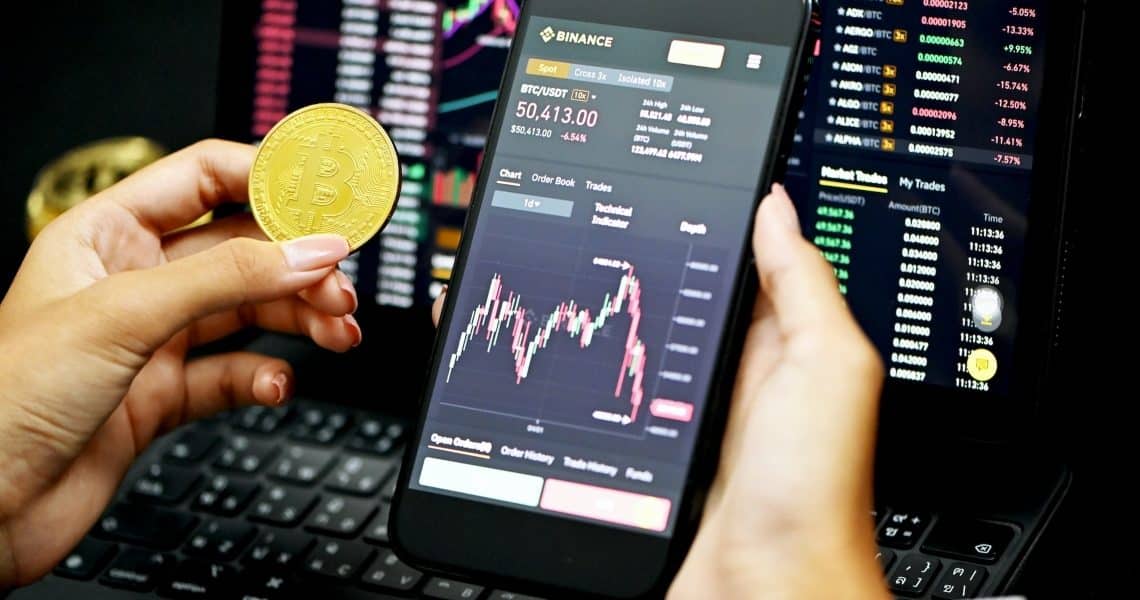In recent years, the cryptocurrency market has grown tremendously, with more investors looking to enter the space. This growth has led to an increased demand for cryptocurrency exchanges, with many new players joining the game. As competition in the market intensifies, exchanges are now seeking to differentiate themselves through the provision of next-gen solutions. In this article, we will explore the new frontier of crypto trading and the various next-gen exchange solutions that are emerging.
Introducing Decentralized Exchanges (DEXs)
Decentralized exchanges (DEXs) are one of the most talked-about next-gen solutions in the crypto trading space. Unlike centralized exchanges (CEXs), which are operated by a single entity, DEXs are powered by blockchain technology and operate on a peer-to-peer (P2P) network. This means that users can trade cryptocurrencies without the need for a central authority or middleman. DEXs are more secure, transparent, and private than CEXs, making them an attractive option for crypto traders. If you want more information regarding Decentralized Exchanges, visit BITQL.CLOUD.
DEXs use smart contracts to execute trades and distribute funds, eliminating the need for intermediaries. This results in lower trading fees and faster transaction times. In addition, DEXs are more resistant to hacks and cyber attacks since they do not hold users’ funds in a central location. Instead, funds are stored in users’ wallets, giving them full control over their assets.
Click here – Understanding XRP: A Comprehensive Guide to Ripple’s Cryptocurrency
Introducing Automated Market Makers (AMMs)
Automated market makers (AMMs) are another next-gen solution that is gaining popularity in the crypto trading space. AMMs are a type of DEX that uses a mathematical formula to set the price of assets, rather than relying on traditional order books. This means that users can trade cryptocurrencies without the need for a counterparty, resulting in faster transaction times and lower trading fees.
AMMs use liquidity pools to facilitate trades. Users can deposit their assets into a liquidity pool, and in return, they receive liquidity provider (LP) tokens. LP tokens represent the user’s share of the pool and can be traded on the AMM. When users want to trade cryptocurrencies, they can simply swap their LP tokens for the desired asset. The AMM then uses the mathematical formula to calculate the price of the asset and execute the trade.
Introducing Layer 2 Scaling Solutions
One of the biggest challenges facing the cryptocurrency market is scalability. Traditional blockchains, such as Bitcoin and Ethereum, can only handle a limited number of transactions per second. This has led to high transaction fees and long confirmation times, making it difficult for traders to execute trades quickly and efficiently.
Layer 2 scaling solutions aim to address this problem by increasing the capacity of the blockchain. These solutions operate on top of the base layer, allowing for faster and cheaper transactions. Some of the most popular layer 2 scaling solutions include sidechains, state channels, and rollups.
Sidechains are separate blockchains that are connected to the main blockchain. They can handle a large number of transactions, making them ideal for high-frequency trading. State channels, on the other hand, allow for off-chain transactions between two parties. This reduces the load on the main blockchain and results in faster and cheaper transactions. Rollups combine the benefits of sidechains and state channels, allowing for fast and cheap transactions while maintaining the security of the main blockchain.
Click here – Onboarding for Enterprise Learning and Training Programs
Introducing Social Trading Platforms
Social trading platforms are another next-gen solution that is gaining traction in the crypto trading space. These platforms allow users to follow and copy the trades of successful traders. This means that users can benefit from the expertise of experienced traders, even if they have little or no experience in trading.
Social trading platforms use algorithms to identify successful traders and rank them based on their performance. Users can then choose to follow and copy the trades of these traders, automatically replicating their trades in their accounts. This allows users to benefit from the knowledge and experience of others, without having to spend time analyzing the market themselves.
The Future of Crypto Trading
The emergence of next-gen exchange solutions is set to revolutionize the crypto trading space. These solutions offer faster transaction times, lower trading fees, and increased security, making them an attractive option for traders. As the competition in the market intensifies, exchanges will continue to seek new and innovative ways to differentiate themselves.
In addition to the solutions mentioned above, there are also other next-gen solutions in development, such as decentralized finance (DeFi) protocols and non-fungible tokens (NFTs). DeFi protocols aim to bring traditional financial services to the blockchain, while NFTs offer a new way to represent ownership of digital assets.

